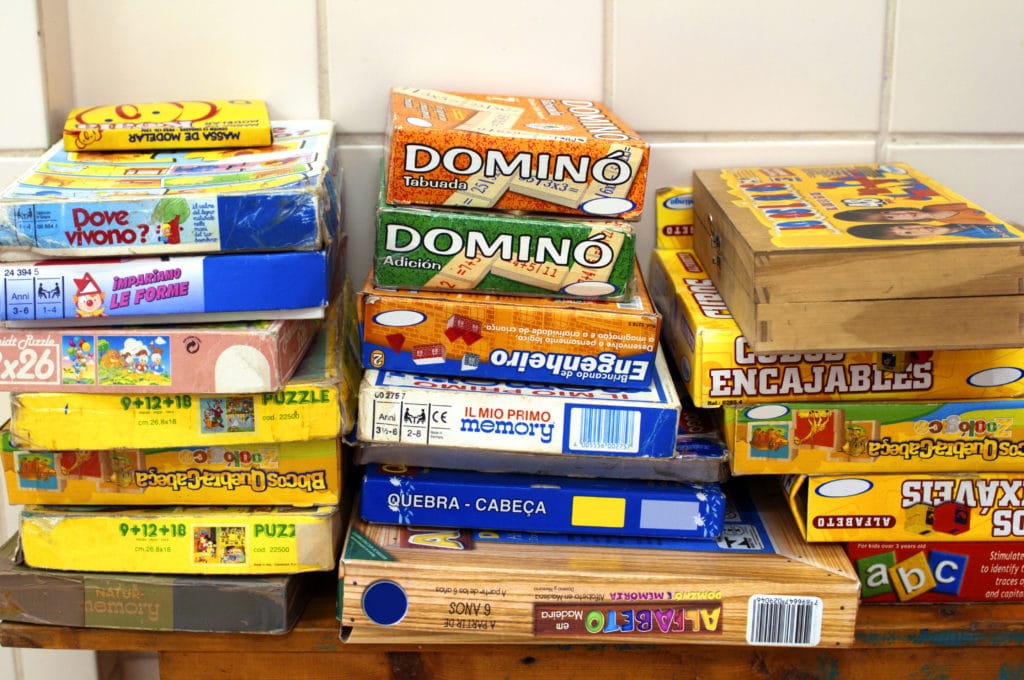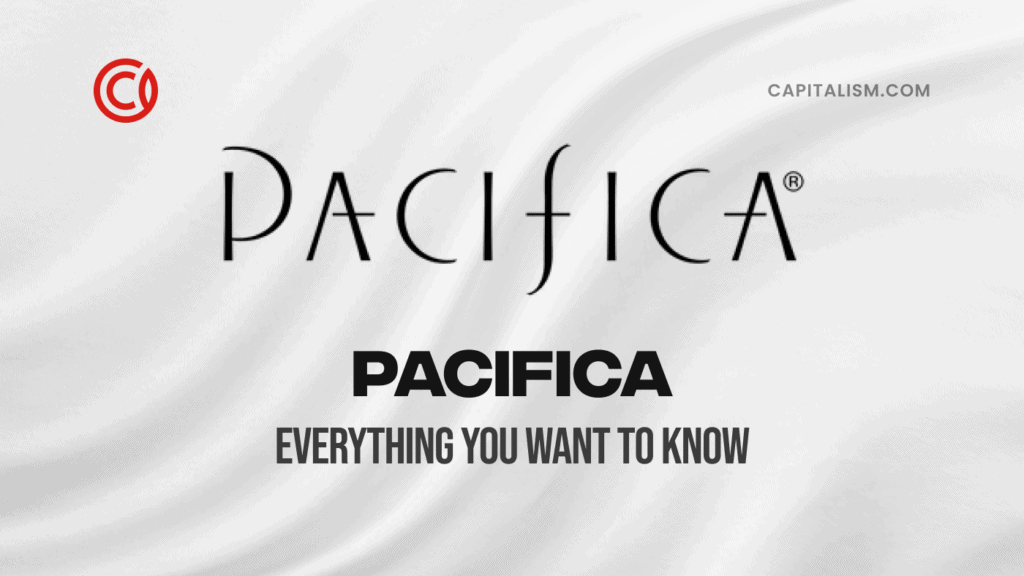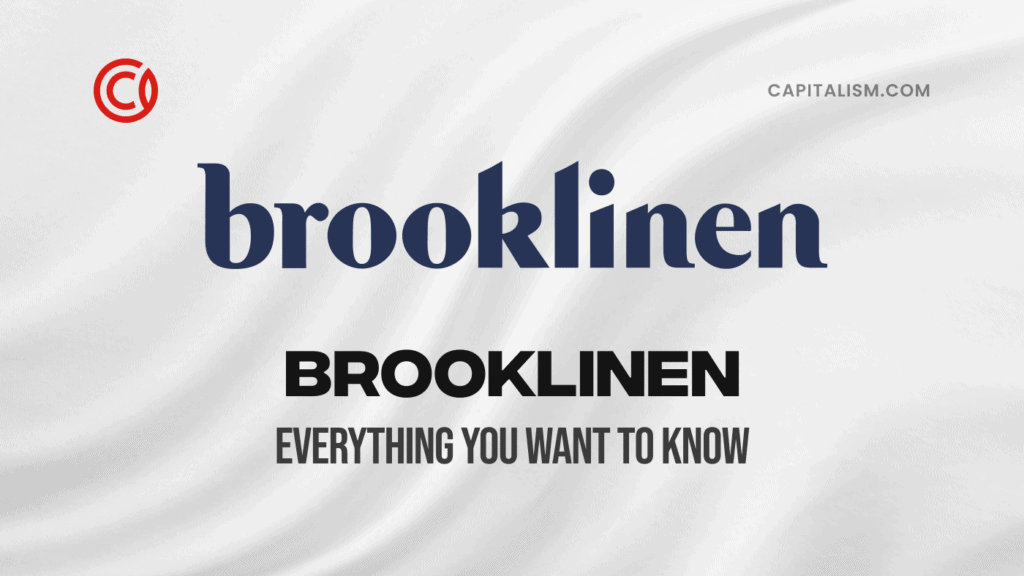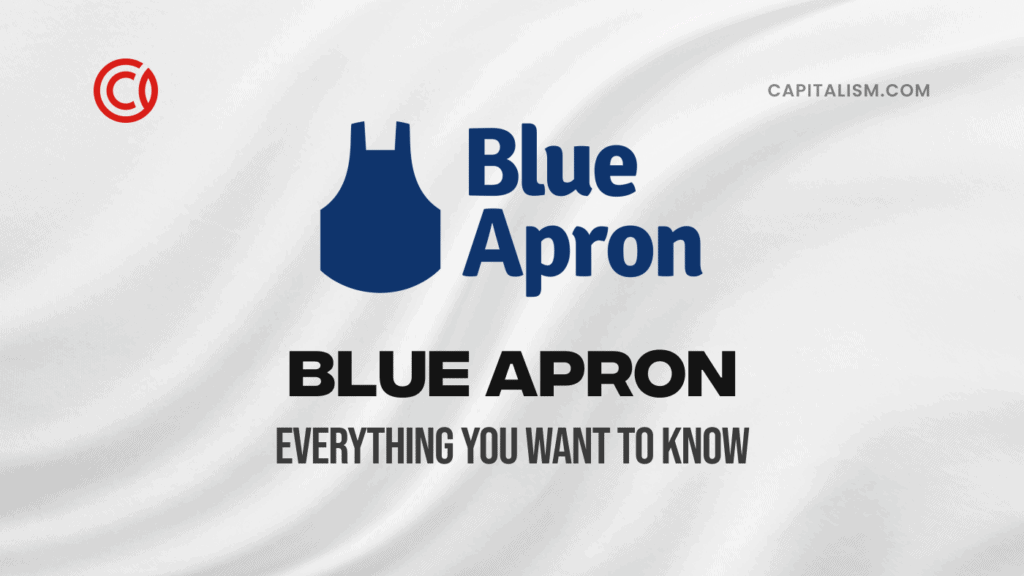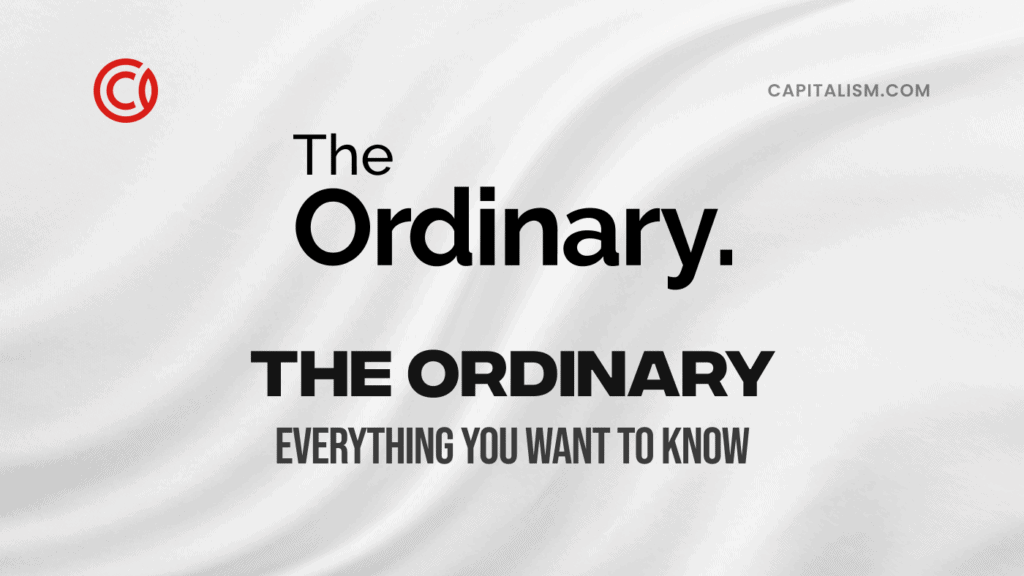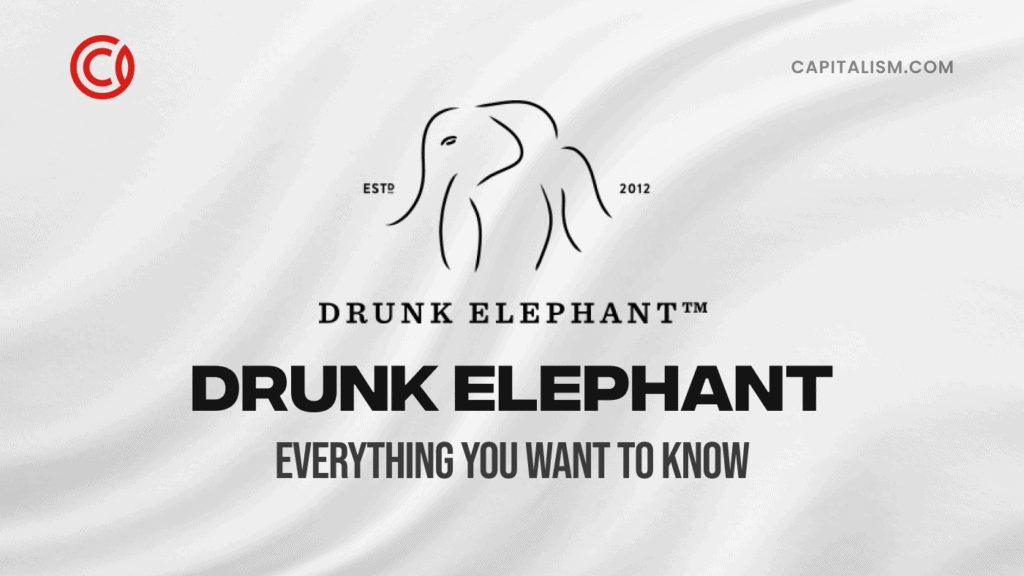No calculated risk here. Boosted by The Queen’s Gambit and lockdown, board game companies see a $1 billion bump from 2019 to 2020.
One evening long ago, a couple of our ancestors got bored sitting around the campfire. In a stroke of genius, one drew a hashmark in the dirt. She scrawled an X in the corner box; her companion filled another box with an O. And so it began.
Board games have been around for thousands of years. Five thousand years ago, Egyptians played a game called Senet. In 400 B.C., the game Tafl (we hear it’s like chess) was all the rage. Then in 200 B.C., somewhere in China, someone created that nation’s first board game. That brings us to America in 1858, where the McLoughlin Brothers & Co. became one of the first board game companies.
Go Directly to Lockdown Land. Do Not Pass Go.
People were stuck at home. Even some introverts stared wistfully out their windows, pining away for the joy of turning invitations down because they’d rather stay home by choice.
At first, bingeing on Netflix was a guilty delight. 195 million subscribers account for the company’s $6.4 billion third-quarter revenues. But once you’ve watched every episode of “The Blacklist” and felt the letdown of the makeshift Season 7 finale (it’s okay, no spoilers), what are you going to do with yourself?
Seeing as entrepreneurs filed paperwork on nearly 2.5 million new businesses in Q2 and Q3 2020 alone, we know how some of us pass the time.
“You’ll Ruin Your Eyes, Looking at that Screen All Day!”
Mom was wrong. (Same as how making yourself go cross-eyed will not, in fact, make them stick that way.) But while watching a screen of any kind won’t actually ruin your eyes, it can sure lead to eyeball fatigue.
It’s no wonder that even the print book industry saw a bump. Readers went retro, opting for physical books to produce a 6.4% bump in the first three quarters of 2020.
Craft supplies were hot, too. In fact, “Online Hobby and Craft Supplies Sales industry revenue is projected to increase 9.2% in 2020 amid the COVID-19 (coronavirus) pandemic as the percentage of business conducted online spikes.”
People grew bored, stuck at home, and craving non-screen pastimes. Capitalism flourishes when someone takes ownership of a problem then creates a solution so good that people happily pay for it.
#Winning
In one of our last pieces, we discussed how something ubiquitous like hot sauce could have a rip-roaring growth rate and a vast potential market.
The same thing with board games, it seems.
Even before COVID, card and board games were roofing it. According to the chart above, the market value of board games will nearly double by 2025. That’s a CAGR (compound annual growth rate) of 8.70%.
Now that we’re tired of the screen time on our smartphones, Eric Thurm, author of Board Games, called board games “intentionally analog.” Playing board games has become a way to put our phones away deliberately.
With COVID, sales hit records. Puzzle maker Ravensburger saw its sales explode in March. According to a company spokeswoman, U.S. puzzle sales were up 370%, year over year, in the last two weeks in March, and sales on March 25 were 10 times higher than the same day in 2019.
Credit: Chartr
Netflix Spawns Skittles
For the uninitiated, skittles is the chess aficionado’s term for playing for fun. The Netflix series “The Queen’s Gambit” became a runaway hit 62 million households watched in its first 28 days.
Here’s a chart of Chess on Google Trends:
Board Games Aren’t All Fun and Games
You might not think board game companies could get in hot water. But for two, things got a bit dicey recently.
Teen YouTube star JoJo Siwa inspired a board game called JoJo’s Juice, produced by Nickelodeon. Parents upended boards and demanded a recall when they discovered that some of the game cards contained questionable questions for young children.
On the other end of the age spectrum, even a modern Mahjong game came under fire. The Mahjong Line company faced backlash for cultural appropriation and gentrification of a centuries’ old game.
Could You Win Big in the Board Game Game?
If you’re going to go the game designer (that is, employee) route, you won’t make much. $42,000 to start to $113,000 for over 7 years’ experience.
If you’re an independent game board designer, you can get paid in a variety of ways:
- A percentage of the game’s wholesale price
- A percentage of the game’s retail price
- A percentage of the games wholesale price that rises on units sold
- A percentage of the game’s sale price
- A percentage of the publisher’s profit
The most common is a percentage of the game’s wholesale price with a rate of 5%-8%.
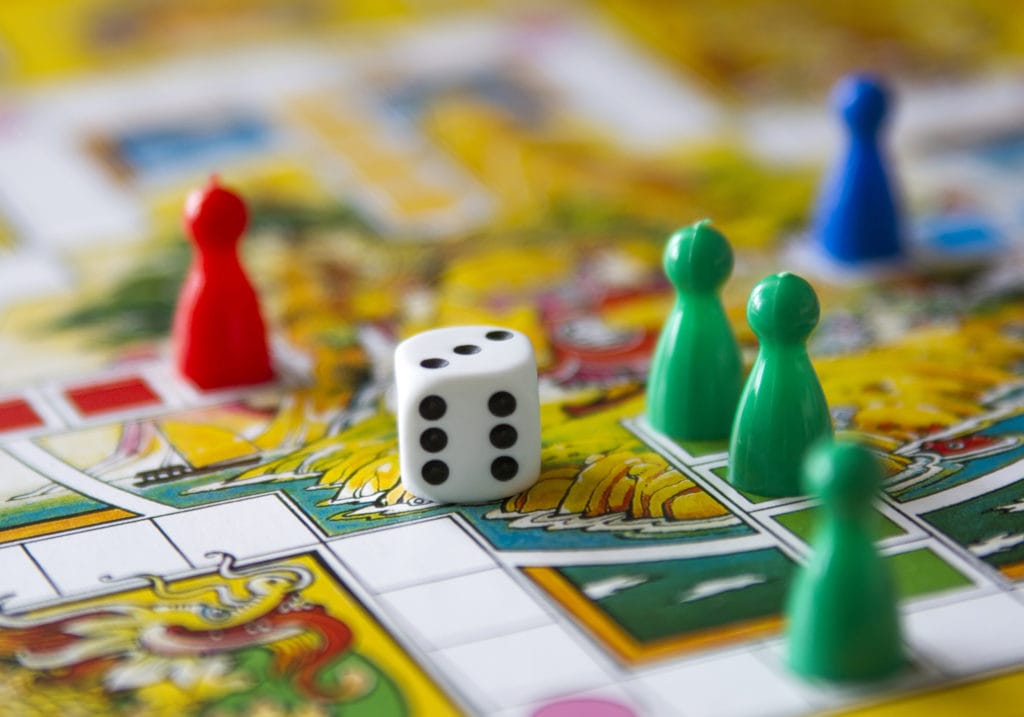
Of course, you’re probably more interested in this as a business. Kickstarter has raised some real cash for budding board game companies. In fact, a member inside The One Percent used Kickstarter to raise $11,467 (aimed only for $7,500) to launch Side Hustle, a party game for entrepreneurs.
But with all the expenses of actually creating, producing, and marketing the game, it probably doesn’t amount to much.
Is there another way?
Sure, you could buy stock in board game companies. Unfortunately, there are not that many publicly traded companies available. In the US, you’d see Hasbro and Mattel. They are primarily toy companies with gaming subdivisions. But they both rallied like wildfire after the initial COVID selloff.
The Takeaway
As an entrepreneur, you may have an excellent idea for a game. Much will depend on how you market your efforts. With the help of organizations like Kickstarter, IndieGoGo, and even Patreon, you may find a devoted following.
In the end, there may be no game more enjoyable than entrepreneurship. You win by helping others win, too. That’s the secret to generating wealth - and that’s exactly why board game companies saw such a huge bump in revenue throughout the pandemic. Perhaps 20 years of people playing Robert Kiyosaki’s CASHFLOW board game paid off.
Turns out the monocle-wearing little guy from Monopoly may be a more fitting mascot than we knew.
